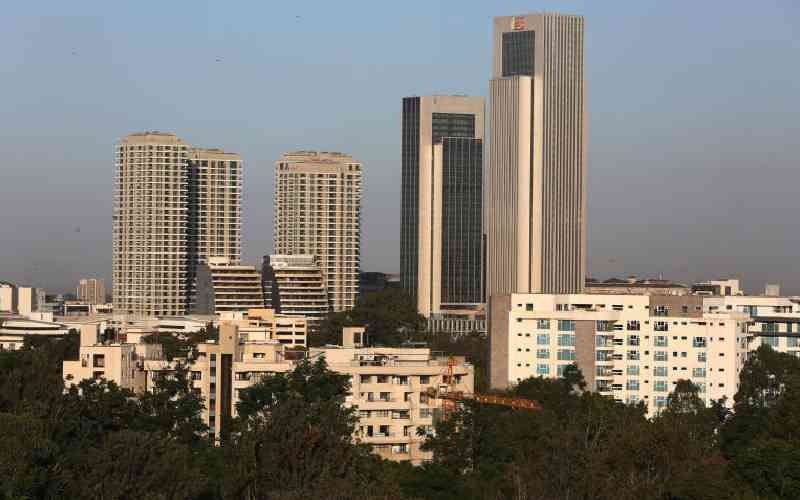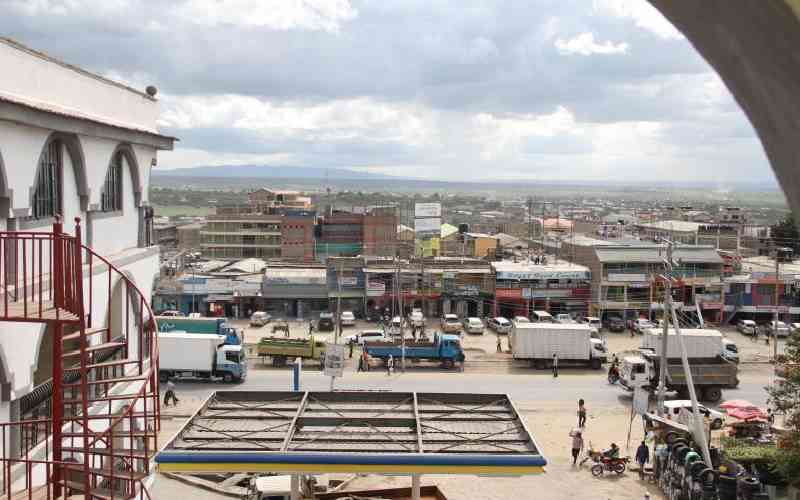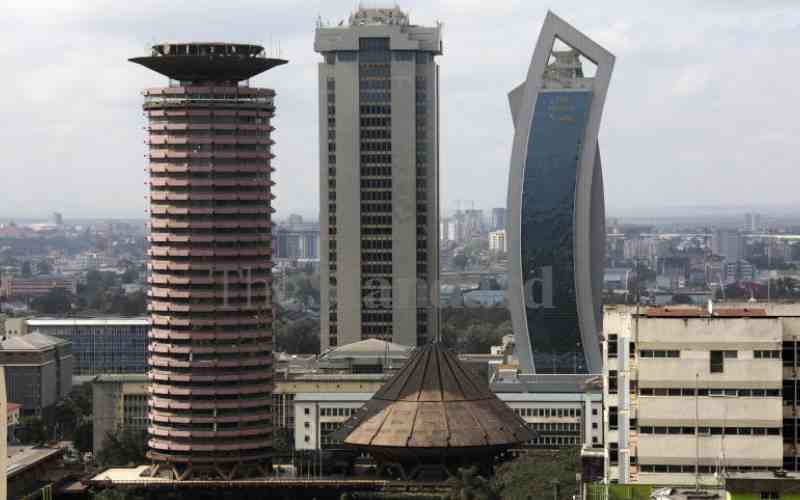
Do you pause to wonder, as you wander in the city, if the skyscrapers that tower all around you will live to be colossal Methuselahs or will, one day, in the distant future, give way to grander, more imposing successors?
That the marvels of our time, these picturesque masterpieces, will one day bow out? As humans head to their inevitable end, so do buildings. Even as they stand ever so majestically, the end is always in sight.
It takes several decades for some buildings to finally call it a day and pass the mantle to their successors. Yet some structures, such as the Megalithic Temples of Malta, which are considered to be the oldest free-standing structures on earth, are almost eternal, braving thousands of years of extreme weather, quakes and human activity. The temples date back to between 3600 BC and 700 BC.
Egyptian pyramids, the result of incredible artistry and breathtaking engineering, were constructed from about 2670 BCE to 664 BCE. Some have crumbled under the weight of time, and the ruins are ageless reminders of what used to be magnificent feats of human intelligence. But others, such as the Pyramid of Khafre in Giza, retain part of their smooth, original polished limestone casing.
Kipande House (along Kenyatta Avenue), All Saints Cathedral, Parliament Buildings, and the Kenya National Archives are among the oldest buildings in Nairobi's central business district (CBD). The Kenyatta International Convention Centre (KICC) was completed at around the time Kenya was a decade into independence, and Times Towers was completed in the mid- 90s. Many other towers are much younger, but just how long can they live?
Architect Moses Okemwa, the director of Amber Construction Ltd, says that a building's lifespan could be determined by its usability as times and needs change, and also its structural soundness.
"Our building code does not stipulate the lifespan of buildings. However, commercial buildings are designed to last 50 to 60 years. After that they could be rendered structurally unsound or they may be overtaken by the ever-changing user requirements, and hence rendered unusable," he says.
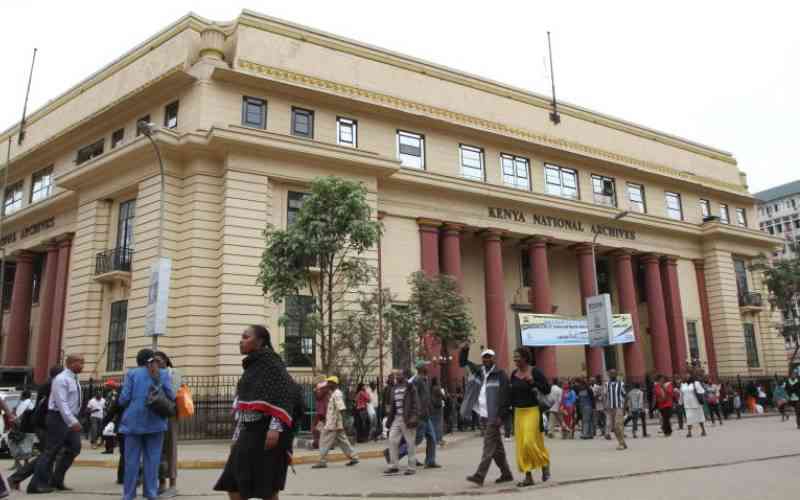
If made to last that long, or longer, conscious effort has to be made to ensure that such a building conforms to changing needs, with regular renovations necessary to keep the building habitable.
"Skyscrapers and other structures can be designed to last over 100 years. A structure like the Empire State Building in New York has now lasted for close to 92 years but there are always efforts made to preserve it and change the spaces to meet the modern space requirements," says Mr Okemwa.
Just as wrinkles appear on the human skin so do cracks in an ageing building, alongside other indicators that age is finally catching up. And just as professionals find themselves flung out of contention for jobs when their skillset becomes obsolete with cutting-edge technology only accommodating the very tech-savvy, often younger, workers, so do buildings often lose their place to newer, more modern ones as societies evolve.
"Structurally, upon realisation of failures in the support system, such as the development of cracks, concrete chipping off or, if it is a steel structure, the members starting to corrode, then you can question the structural soundness of a building," he says.
"Functionally, when a building is not meeting the spatial requirements it was initially designed to offer or due to change of planning regulations that could require buildings of a specific scale put up in some zones of a city," the architect says. "The bungalows that were put up in Lavington and Kilimani areas are now demolished and replaced by high-rise commercial and residential blocks."
Enamoured of the very ancient, our most famous city landmarks could be preserved to be seen by another generation. The over 55-metre high Tower of Pisa in Italy, which leans by about four degrees, was built in 1372, with the foundation set in unstable subsoil causing a tilt before construction was complete. The tower has been preserved for hundreds of years, defying the death knell initially sounded on it years ago, and in many subsequent years.
Can the KICC, which looks perfectly solid, and other monuments that grace our city, stand the test of time and see the next century?
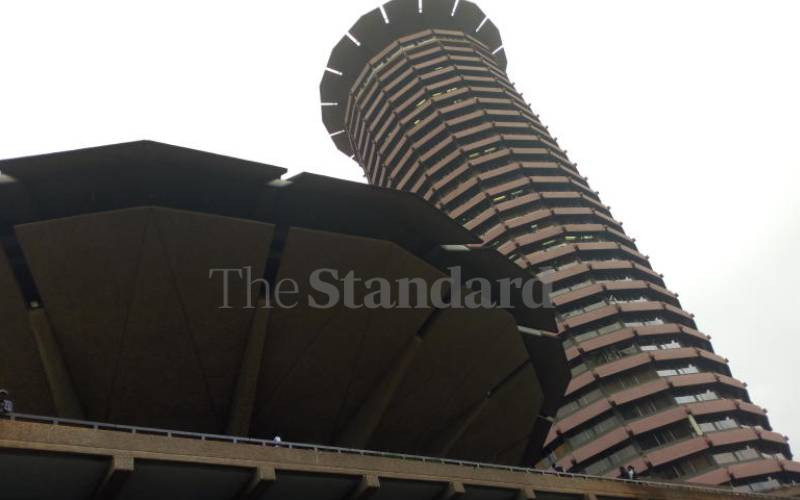
"KICC could be with us for the next 60 years but that depends on the efforts the management of the building puts to ensure it is properly maintained and any noted defects are made good to prevent any deterioration," Mr Okemwa says.
"The spaces have to be continuously reconfigured so as to meet the ever-changing conferencing and office requirements. If this is not done, then the building will lose its economic appeal and therefore can only be retained - perhaps, as a monument."
Lee Muritu, a civil engineer, says that the design life of large buildings and bridges could be 100 years, but maintenance and repairs ultimately increase the design life.
It is probably impossible to envisage that some of our finest buildings will live to the ripe old age of the likes of Maison Carree, an ancient Roman temple in Nimes, France, which was built around 4AD and remains remarkably pristine.
According to the Eurocode: Basis of Structural Design, the structure and structural members in any construction should be designed, executed and maintained in such a way that they meet the principal fundamental requirements, which are safety, serviceability, robustness, and fire requirement.
The Eurocode is a set of European standards providing a common approach for the structural and geotechnical design of buildings and infrastructures. These rules, however, are widely used elsewhere.
The design working life, according to the Eurocode, is 10 years for temporary structures, 10 to 25 years for replaceable structural parts, and 15 to 30 years for agricultural and similar structures. The lifespan is 50 years for building structures and other common structures, and 100 for monumental buildings, bridges and other materials.
"The notion of design working life is useful for the selection of design actions (such as wind and earthquake), consideration of material property deterioration (such as fatigue and creep), evaluation of the life-cycle cost, and development of maintenance strategies," reads the regulations.
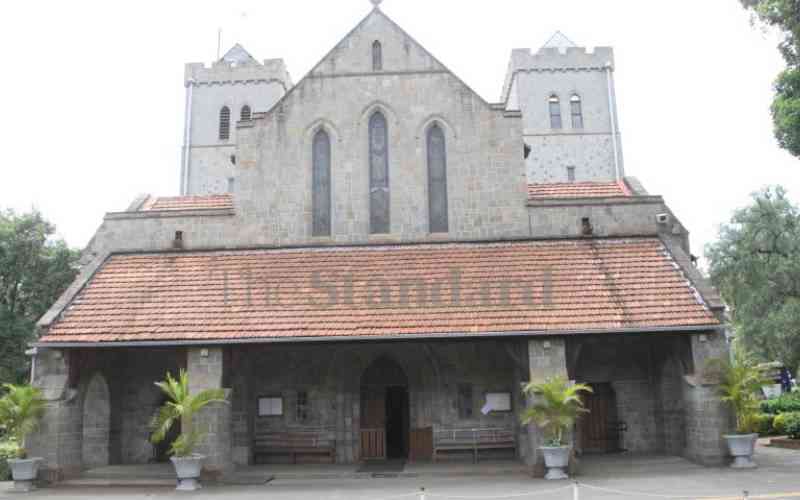
The Eurocodes cover in a comprehensive manner "all principal construction materials (concrete, steel, timber, masonry and aluminium), all major fields of structural engineering (basis of structural design, loading, fire, geotechnics, earthquake, etc) and a wide range of types of structures and products (buildings, bridges, towers and masts, silos, etc)".
Mr Okemwa says that at the point where the building has served its purpose and it finally has to be done away with, proper measures have to be taken to ensure safe demolition.
"If it gets to that point then the building will have to be decommissioned; in that case, the appropriate processes will be activated to ensure safe demolition. There are several technologies or options available to have this done," he says.
However, just as a human being who wishes to live a long, healthy life would need regular visits to the hospital for medical checkups to make sure every little illness is detected and treated, buildings need regular inspection.
"Building services (such as electrical and mechanical ones) could deteriorate and thus render a building unsafe for human occupation," he says. "To help avoid this, the services need to be inspected regularly (especially for buildings over 30 or 40 years) so that necessary remedies are done to ensure a longer lifespan for buildings."
 The Standard Group Plc is a multi-media organization with investments in media platforms spanning newspaper print
operations, television, radio broadcasting, digital and online services. The Standard Group is recognized as a
leading multi-media house in Kenya with a key influence in matters of national and international interest.
The Standard Group Plc is a multi-media organization with investments in media platforms spanning newspaper print
operations, television, radio broadcasting, digital and online services. The Standard Group is recognized as a
leading multi-media house in Kenya with a key influence in matters of national and international interest.







